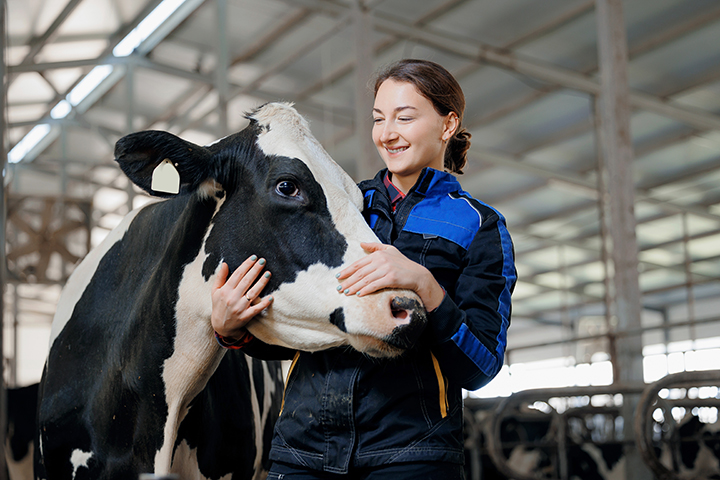How Protein in Yeast Can Improve Sustainability of Livestock Production and Improve Our Health

Economic growth has increased the demand for livestock products, especially in the world’s low-income countries. Livestock provides a major source of disposable income for disadvantaged and marginal populations and provides a major entry point to fight against rural poverty. The livestock sector is now one of the fastest growing agricultural sectors in the world according to the United Nations Food and Agricultural Organization. However, this expansion poses issues regarding the most efficient use of resources to produce food for humans, use of antibiotics, and the effect on the climate.
Research in the livestock sector has intensified in the last couple of years; there are now some interesting developments to produce more and healthier livestock using limited resources.
Benefits of yeast
Yeast is one of the ingredients used in this development. Yeast helps stabilise pH and reduce the risk of acidosis among ruminants. Today, yeast is commonly used in swine and poultry feed. The shift towards antibiotic-free meat is expected to be a major factor driving businesses to discover safe and reliable tools for farmers using yeast.
Yeast can also be used as a protein supplement, which makes it good as animal nutrition. Protein supplements are also desired by the growing amount of vegans. Nutritional yeast is produced by culturing a yeast in a nutrient medium for several days. When the yeast is ready, it is deactivated with heat and then harvested, washed, dried, and packaged. A serving of nutritional yeast provides complete protein, providing all nine amino acids the human body cannot produce.
Measuring protein
Research on probiotics, which includes yeast, is therefore an important goal for the United Nations Food and Agricultural Organization[1]. OPSIS LiquidLINE provide instruments and technology that can measure and quantify the amount of protein in yeast. As an example, the Research Center at Canadian Lallemand will conduct research on yeast using an OPSIS LiquidLINE protein analyzer. Lallemand works very closely with INRA in France and Berlin Technical University on yeast research. Another example is Kerry Ingredients in Scotland, which is also using an OPSIS LiquidLINE analyzer to analyse yeast in their factory.
Contact us to learn more about our solutions for yeast research and production.
[1] Animal production and Health, Probiotics in Animal Nutrition, Rome, 2016, http://www.fao.org/3/a-i5933e.pdf
Read about the history of measuring protein >>
Read about protein determination with the Kjeldahl method >>